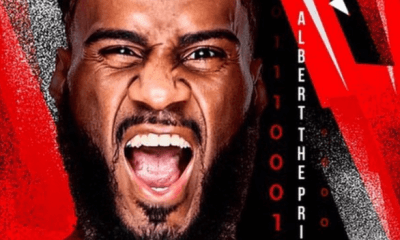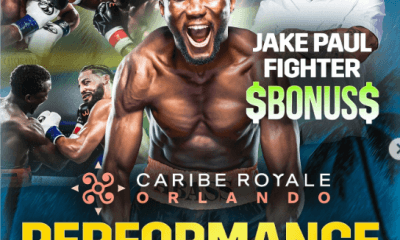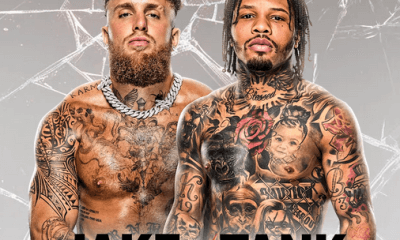Featured Articles
Atlantic City Boxing Hall of Fame Returns plus Local Philly Fight News
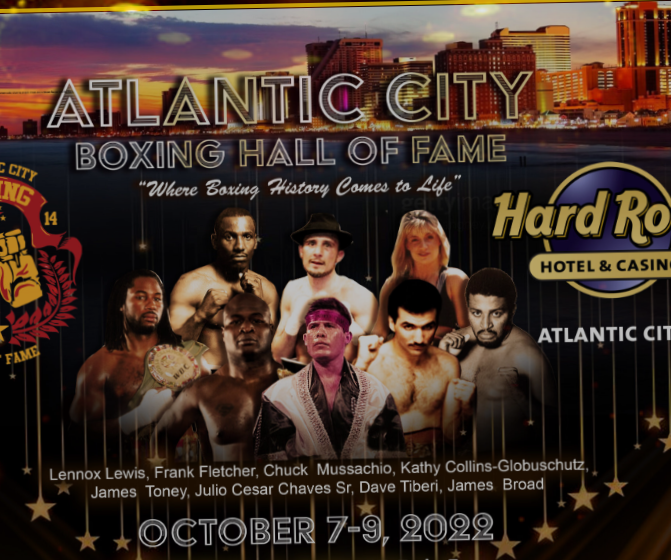
Still coming out of a global pandemic which suspended the 2020 ceremony and forced a limited version of the celebratory weekend last year, 2022 marks not only a return to normalcy for the Atlantic City Boxing Hall of Fame (ACBHOF), but it gives a chance for fans to get the full interactive experience. This year, for the first time, all of the weekend’s festivities including the Induction Ceremony on Sunday, Oct. 9, will take place at one location, the Hard Rock Hotel and Casino.
“This year we are really excited about the new things we have to offer fans, while we continue to deliver the type of access we’ve become known for,” states ACBHOF founder Ray McCline. “We want fans to understand that this weekend [second weekend of October] is going to be our home from now on. Working with Hard Rock has been special, and they’ve helped us with a lot of the logistics to really blend what they do [music entertainment] with the sports world and our event.” After listening to McCline passionately speaking about his goal to bring the sports legends and legendary fights back to life for the proud resort city that has a special role in boxing history, a sense of relief can be heard from McCline regarding the past obstacles the ACBHOF has dealt with.
“So far each of the past weekends have had their hiccups, those things happen when you’re hosting such a large event with so many moving pieces. This partnership allows for fans to come to one main site and stay immersed in all things boxing and music for the whole weekend,” says McCline. From the opening V.I.P. party on Friday night to the memorabilia show that will feature interactive displays with some of the sport’s legends teaching boxing basics, McCline wants the Hall of Fame Weekend to be known as the weekend when both fans and legendary boxers mingle in an up-close and personal way.
This year’s class includes Lennox Lewis, James Toney, Frank Fletcher, Kathy Duva (promoter), Kevin Rooney Sr. (trainer), and Pat Lynch (manager). Except for the V.I.P. party that starts the weekend and the Induction Ceremony that closes out the weekend, every other event is free and open to the public, notes McCline.
Some tickets remain for the kick-off party and ceremony. Fans interested in attending can visit ACBHOF for all the details.
____
Marshall Kauffman’s Kings Promotions is presenting a show tonight (Saturday, Oct. 1) at Philadelphia’s 2300 Arena featuring bantamweight standout Christian Carto (19-1, 13 KOs) taking on his toughest test since his return. He battles Argentina’s Hector Sosa (14-1, 8 KOs) the former South American super bantamweight champion. Carto is always in fan-friendly fights and with a victory over Sosa can reemerge as a potential world championship challenger soon.
Light heavyweight Atif Oberlton (6-0, 5 KOs) returns to action in the co-feature. Oberlton was an accomplished amateur and many local boxing observers are dubbing the Philadelphian a future world champion.
Next weekend, on Friday night October 7th, several staples in Philadelphia boxing return to the Xcite Event Center at Parx Casino in Bensalem. Joe Hand Promotions and Joey “Tank” Dawejko (22-10-4, 13 KOs) are teaming up with Hall of Fame promoter Russell Peltz for a night of action featuring some of the best local talent.
Dawejko, a long-time fringe heavyweight contender from the Tacony section of the city fought off any talk of retirement on Sept. 1 when he scored a fourth-round stoppage over Mike Marshall (6-3-1, 4 KOs). Dawejko was back in the ring for the first time in seven months after deciding to make one final push towards heavyweight glory.
Dawejko takes on veteran Terrell Jamal Woods (28-53-9, 20 KOs) of Forrest City, AR, in a scheduled eight-round bout. Prior to his victory over Marshall, Dawejko contemplated hanging up his gloves in favor of the roofing business that he established this year. However, after a lengthy conversation with promoter Russell Peltz, the two agreed to team up again for one last run in the sport. At just 32 years old, Dawejko has had a fruitful career and not just from a financial standpoint. He has competed all over the world and has never turned down an opportunity at a big fight, or to join top contenders and champions in their training camps.
Many of Dawejko’s major career opportunities were taken at the last minute. This last push by him is about finally reaching for the one thing missing from his professional career, a gold belt that he can display that signifies that he was at one point one of the best heavyweights on the planet. Against Marshall he displayed fast hands and pin-point accuracy and his fight against Woods on Oct. 7 should be no different in terms of action and his progression.
To comment on this story in the Fight Forum CLICK HERE
-
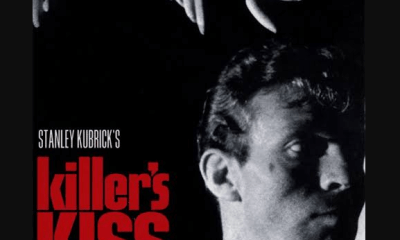
 Featured Articles3 weeks ago
Featured Articles3 weeks agoThe Hauser Report: Cinematic and Literary Notes
-
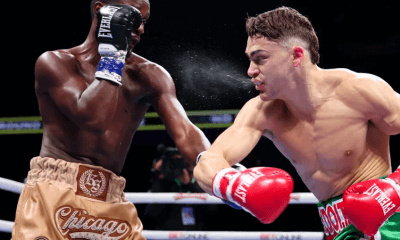
 Featured Articles4 weeks ago
Featured Articles4 weeks agoOscar Duarte and Regis Prograis Prevail on an Action-Packed Fight Card in Chicago
-
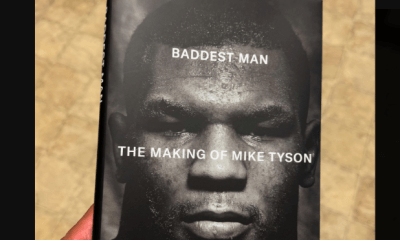
 Book Review3 weeks ago
Book Review3 weeks agoMark Kriegel’s New Book About Mike Tyson is a Must-Read
-

 Featured Articles1 week ago
Featured Articles1 week agoThe Hauser Report: Debunking Two Myths and Other Notes
-
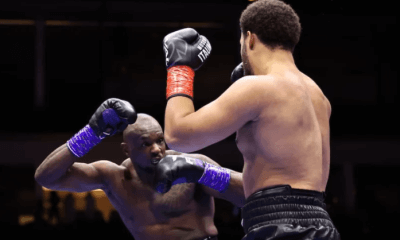
 Featured Articles2 weeks ago
Featured Articles2 weeks agoMoses Itauma Continues his Rapid Rise; Steamrolls Dillian Whyte in Riyadh
-
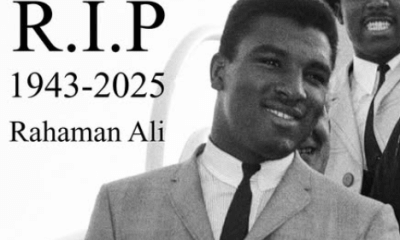
 Featured Articles4 weeks ago
Featured Articles4 weeks agoRahaman Ali (1943-2025)
-

 Featured Articles4 weeks ago
Featured Articles4 weeks agoTop Rank Boxing is in Limbo, but that Hasn’t Benched Robert Garcia’s Up-and-Comers
-
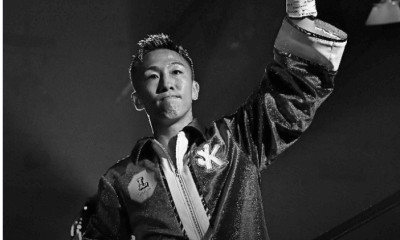
 Featured Articles3 weeks ago
Featured Articles3 weeks agoKotari and Urakawa – Two Fatalities on the Same Card in Japan: Boxing’s Darkest Day






